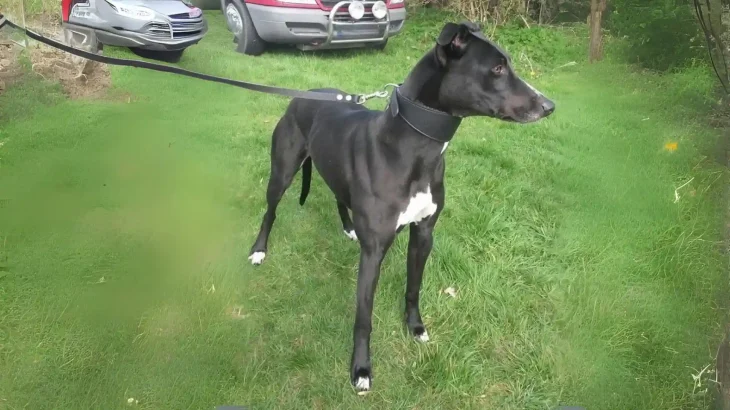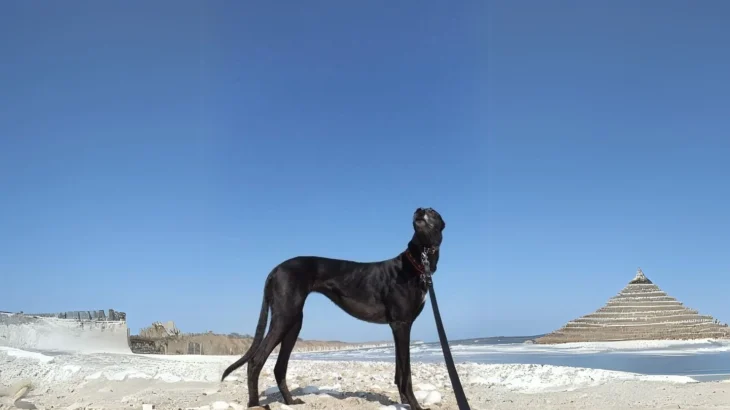Choosing whether to adopt or purchase a Potsdam Greyhound puppy involves weighing the benefits of each option in terms of background transparency and ethical considerations. Buyers often have clearer insights into the puppy's lineage and health, while adopters provide a loving home for dogs who might otherwise wait much longer for a family. Both paths have unique advantages depending on what's most important to you as a prospective owner.
Adoption vs. Breeder: Pros & Cons
| Criteria | Buying from Breeder | Adopting from Shelter/Rescue |
|---|---|---|
| Cost | Typically higher, reflecting pedigree and breeder care standards. | Usually lower, often includes basic veterinary care fees. |
| Health History | Comprehensive health records and genetic screenings are often provided. | Health history may be incomplete, though basic health checks are done. |
| Age Availability | Primarily puppies, allowing early bonding and training. | More varied ages, including adult dogs ready to join your home. |
| Temperament Insight | Breeders can provide detailed information about lineage and expected traits. | Shelter staff can share behavior observations but limited background details. |
| Supporting Practices | Supports responsible breeding when choosing ethical breeders. | Contributes directly to animal welfare by rescuing dogs in need. |
| Ethical Considerations | Depends on breeder ethics; requires careful research to avoid supporting puppy mills. | Helps reduce shelter overcrowding and gives homeless dogs new chances. |
















































